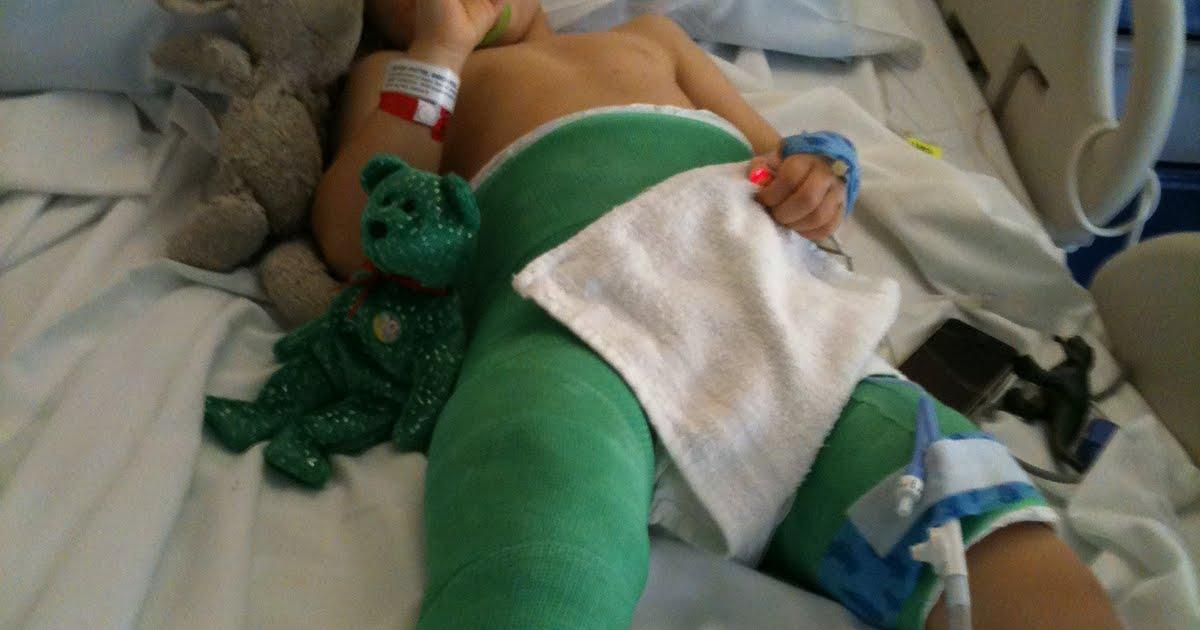How To Treat Legg-Calve-Perthes Disease
Legg-Calve-Perthes disease occurs when there is a temporary lack of blood supply to the hip area. As a result of this temporary loss of blood supply, the ball part or femoral head of the hip experiences what is called osteonecrosis or bone death. Ultimately the bone disintegrates into pieces and the round shape of the femoral head loses its shape. Because the human body is able to heal a broken bone, the ball of the femur will receive blood eventually and renew itself. Often times, the bone heals and is no longer rounded anymore. This disease only occurs in children between four and ten years old. Most cases of Legg-Calve-Perthes disease affect only one hip. This disease can occur in both hips in rare cases, and it will affect them at different times. The cause of this disease is not known but second-hand smoke exposure is a risk factor.
Learn about how this condition is treated now.
Socket Molding Process

When Legg-Calves-Perthes disease progresses to the point of the femoral head becoming very fragmented, the socket molding process may be utilized to treat the disease. The hip consists of the ball at the top of the affected femur as well as the socket in the pelvic bone it should fit snugly into. The socket part of the pelvic bone is an inverted sphere shape to allow for the ball socket hip joint to function properly. The socket molding technique uses the socket part of the joint to essentially mold the femoral head back into its proper spherical shape. This technique is applied during the healing process, and for it to be successful, the fragmented femoral head has to be held tightly and precisely into place for an extended period. This may be accomplished by securing the hip in a specialized kind of cast into a position where the legs are spread far apart. This cast must stay on for between four and six weeks, the normal time it takes a typical break in the bone to heal. This is can be done in an inpatient facility, as the position the cast keeps the child it is often difficult to work around for everyday tasks and activities. No weight can be placed on the legs while the femoral head is healing.
Uncover more options for treating Legg-Calve-Perthes disease now.